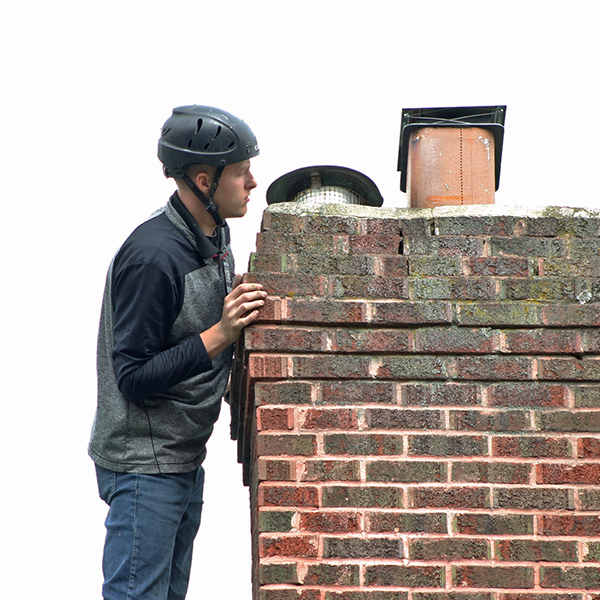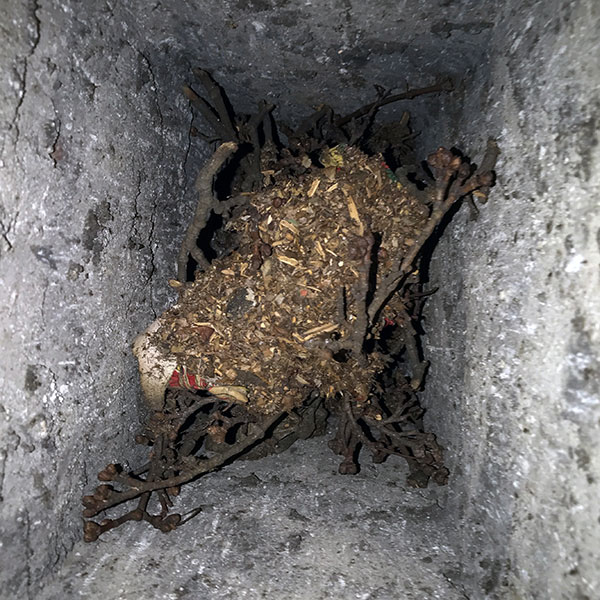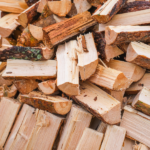Winter Chimney Risks
Is there anything cozier than sitting by a warm, crackling fireplace on a cold Hoosier night? Of course, like any part of our house, fireplaces need ongoing maintenance to ensure they function properly. Here are four winter chimney risks you need to be aware of if it’s been a while since you last had yours inspected.
 Water damage from repeated freeze-thaw cycles
Water damage from repeated freeze-thaw cycles
Indiana winters can be unpredictable. One week we’re dealing with two feet of snow on the ground while the next week we’re all wearing shorts. This constant freeze-thaw cycle can lead to water damage by penetrating the porous materials that make up your chimney. As water seeps into these tiny holes, it then expands during a freeze cycle. Then, when it thaws, you now have larger holes — allowing more water in. With each freeze-thaw cycle, this chimney damage increases.
Debris, leaves, and twigs creating blockages
If you’re missing a chimney cap or have a broken one, it’s easy for debris to make its way into your fireplace. With winter wind speeds that can be especially intense, everything from trash to dead leaves to smaller twigs and branches can make their way into your chimney if it’s not properly protected.
The risk here is for a blockage that can lead to either a fire or carbon monoxide poisoning. Of course, both are serious concerns only made worse by other potential problems with your chimney. A properly installed chimney cap can help alleviate this concern.
Loose or leaking flashing
Loose or leaking flashing is another one of our four winter chimney risks you should be on the lookout for. Signs that you may have an issue with your flashing are dark spots on your ceiling near the fireplace, a damp interior of the chimney, or signs of mildew on the walls nearby. Eventually, the entire structure of your chimney could collapse if not properly repaired — or worse yet, mold can start growing in areas that can’t dry out properly leading to health concerns within your household.
 Animal nesting concerns
Animal nesting concerns
Everyone likes to be warm. Birds specifically, but other animals as well, will typically try to build a shelter on top of your fireplace. After all, the rising heat escaping gives them warmth on cold winter days, enticing them to take up residence.
Of course, this can also lead to blockages and potential fire risks. In addition, smaller animals can fall into the chimney. Both impact air flow and can eventually lead to a failure within the flue system as well as carbon monoxide backup in your home.
We can help fix each of these winter chimney risks
As the area experts in everything from chimney inspections to installations, we’re here to help. Our team of experts can diagnose and repair any chimney system or fireplace problems. Before you put the first log in for the season, be sure to contact us right away. We’ll schedule your inspection and let you know if there are any problems that need to be fixed before winter gets here.




